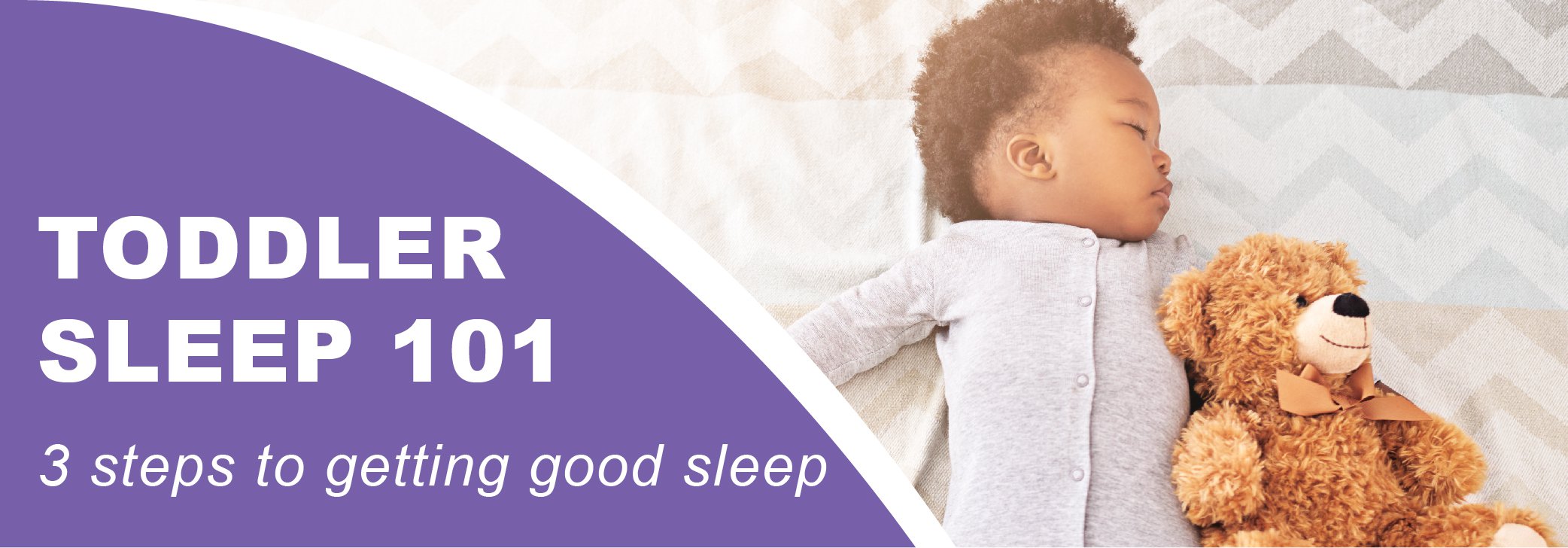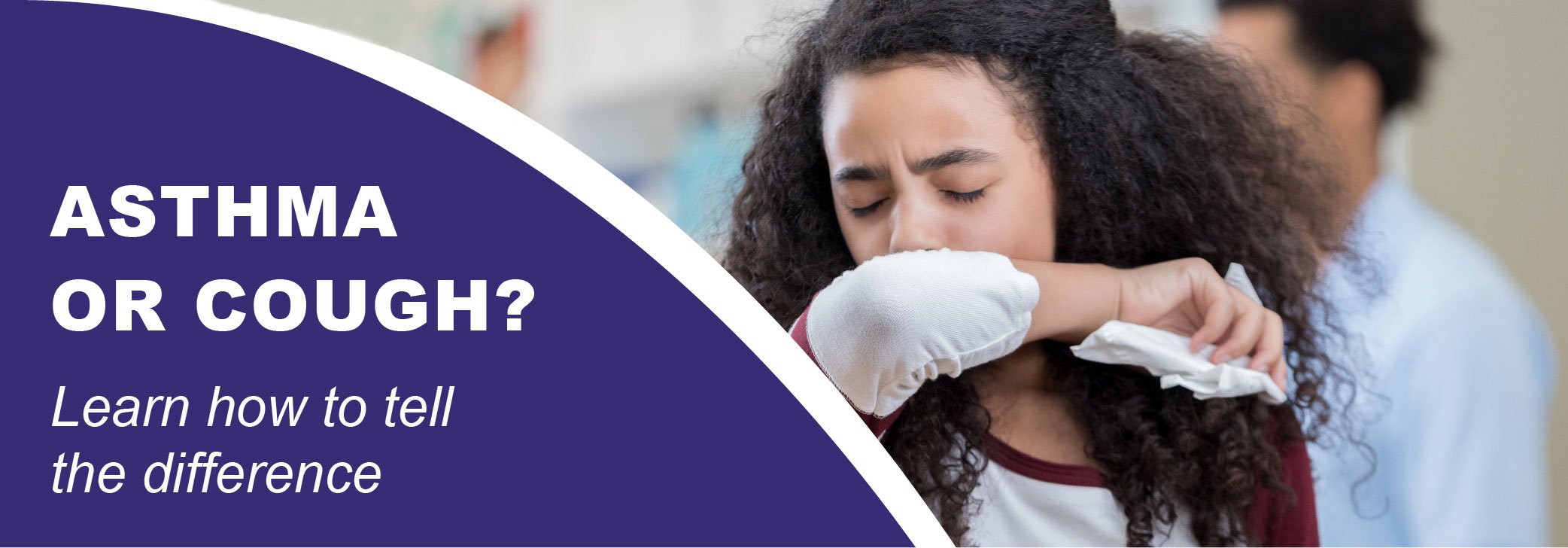
Traveling with children in-tow can be, well, stressful. From packing for the family to installing a car seat in your rental car, there’s so much to think about. As summer travel heats up, here are some reminders to help ensure you don’t come back from your family vacation more stressed than when you left.
1. Take it slow.
When traveling with kids allow yourself extra time. It’s going to take longer than you think, and you want to do what you can to avoid getting into a stressful situation. Pre-check and plan ahead where you can to avoid waiting in long lines or plan for several stops to stretch fidgety legs along the way.
2. Medications don’t take a vacation.
You know your child and your family, think about what medicines you might need. Bring a first-aid kit, Tylenol or Motrin, Benadryl, sunscreen and of course, any medications prescribed to your child. Before your trip, study-up on any regulations for travel or your destination that might have an impact on bringing your meds.
3. Snacks are a must.
You’ll want to have some healthy snack and drink options for both the kids and the adults in your party. A flight delay or unexpected traffic can leave you with hungry and cranky passengers. Don’t forget to pack hand sanitizer and baby wipes (they aren’t just for babies!).
4. Easy access to essentials.
Medications, snacks, wipes and anything else you or your kids might need along the way should be within an arm’s reach. Bring these essentials in a carry-on, or keep them by you in the car for easy access.
5. Always have a spare.
Diapers leak, drinks spill. Be sure to pack a back-up outfit for your little ones and yourself, and a plastic bag for dirty clothing. Your fellow travelers will thank you.
6. Verify vaccines.
For trips that take you on a plane or out of the country, talk to your pediatric provider about which vaccines your child may need while on-board or abroad.
Bonus Tip:
Once you arrive at your destination, find out where the good coffee is sold!
If you are planning a trip for your family and have questions about travel guidelines for vaccines or dietary advice, make an appointment with your pediatric provider. It’s easy to schedule an appointment with your pediatric provider – simply visit our online appointment tool, scroll to find your pediatric provider, and click to schedule an appointment at a time that works for your family!
It’s easy to schedule an appointment with your pediatric provider – simply visit our online appointment tool, scroll to find your pediatric provider, and click to schedule an appointment at a time that works for your family!









